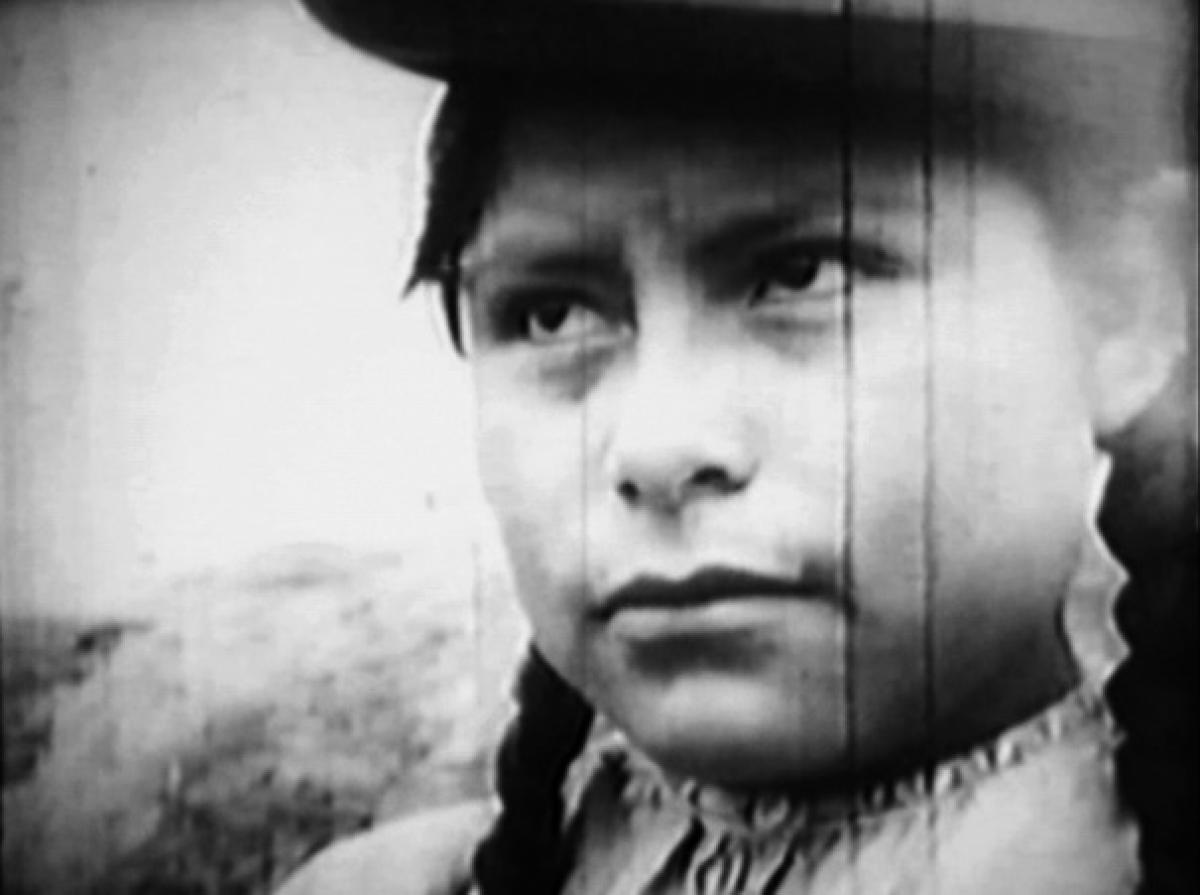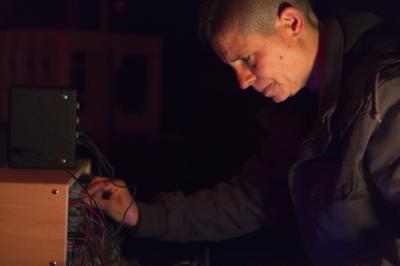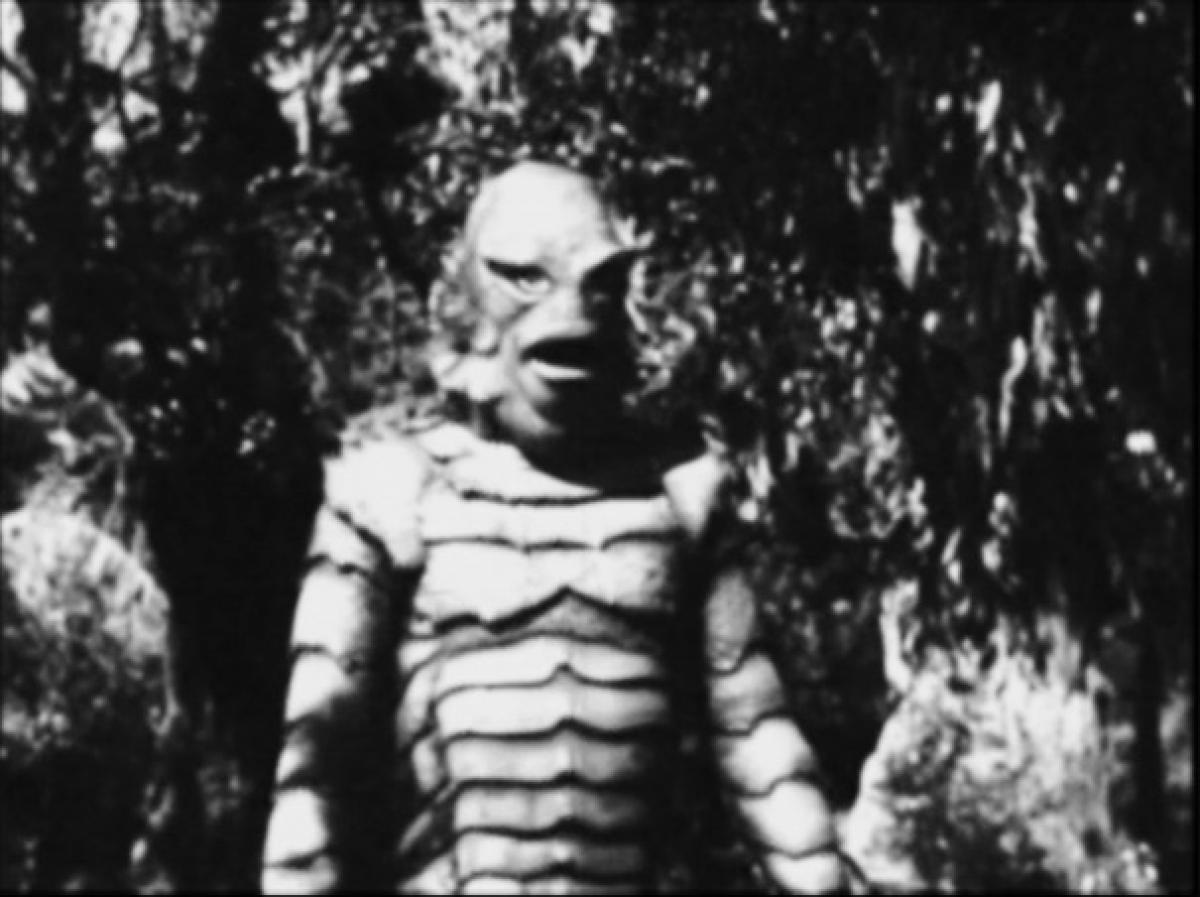
B-movies and Biracial Creatures
It is one of Norient's most favored music videos from the past years: «Nunca Tendremos Mar» from the Bolivian underground band Gato Diablo. Here rock critic Javier A. Rodríguez Camacho analyzes the video as an «impish critique of Bolivian cinematic tradition and a plea for the B-movie aesthetic». From the Norient book Seismographic Sounds (see and order here).
It goes without saying that rock is minority music in Bolivia – enjoyed mostly by middle-class mestizos.1 Gato Diablo is part of a new generation of Bolivian bands that took shape in the late 2000s. They are still limited to niche audiences, and they are still a bit conservative in their sound. These bands may not have produced truly original music, but their pioneering role is unquestionable. Gato Diablo is one of the rare examples of a band that also cultivates a visual identity in a scene hampered by its lack of means.
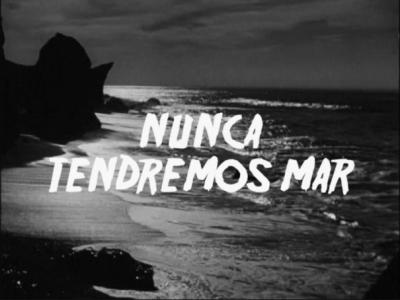
The video for «Nunca Tendremos Mar» (We’ll Never Have the Sea) is as compromised and ambivalent as the band’s music. Whereas their sound is a half arty, half populist punk rock take on no wave, the clip is closer to classic audiovisual collages than post-digital video pieces. Although it replicates some of the recent VHS tape-jamming techniques of vaporwave, its critical spirit is in line with the 1970s views of these works. Nevertheless, «Nunca Tendremos Mar» is most powerful when taking a stand against Bolivian cinema’s sacred cows – namely, the country’s foremost filmmakers Jorge Sanjinés and Jorge Ruiz.
Ironically, the clip inherits Sanjinés’ dialectic montage technique to generate meaning, splicing horror film snippets into highly politicized Bolivian movies. The music video appropriates scenes of ethnic conflict from Yawar Mallku and Ukamau to juxtapose them with bits of the American B-movie Creature from the Black Lagoon. Both directed by Sanjinés, Yawar Mallku depicts a real-life incident where the US Peace Corps used a healthcare cooperation program to secretly sterilize native women, while Ukamau shows the rape and murder of an Aymara woman by a mestizo. On the other hand, Jack Arnold’s creature feature was inspired by a myth about half human, half fish people living in the Amazon River, and became a staple of low-budget horror films.
Though the trope of mixed breeding is present in both sources, «Nunca Tendremos Mar» takes a different route. In a prosaic yet humorous turn, it equates Sanjinés to Ed Wood (a B-movie director some consider the worst of all time), prompting one to question when Third Cinema’s2 frugality transitions to ineptitude. The clip also spoofs the recurrence of racism and oppression as themes in Bolivian art. Ukamau may be Bolivian cinema’s bluntest staging of mestizo/indigenous frictions, and by replacing its culprit with a goofy monster the piece comments on the uneasiness a mixed inheritance still generates in Bolivians. Hardly groundbreaking in form or content, «Nunca Tendremos Mar» works as an impish critique of Bolivian cinematic tradition and a plea for the B-movie aesthetic as the realm where both strands of the mestizo identity can coexist.
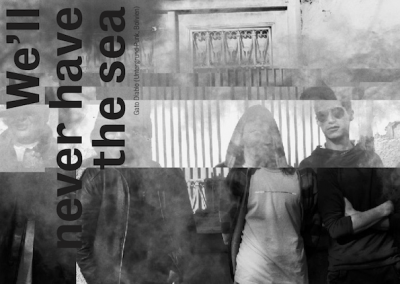
- 1. «Mestizo» is the Spanish term for a person of white and indigenous ancestry.
- 2. Third Cinema (Spanish: Tercer Cine) is a Latin American film movement that started in the 1960s. It decries neocolonialism, the capitalist system, and the Hollywood model of cinema as mere entertainment to make money.
This video is part of the Norient exhibition «Seismographic Sounds» and this commentary was published first in the correspondent Norient book.
Biography
Shop

Published on September 29, 2015
Last updated on April 10, 2024
